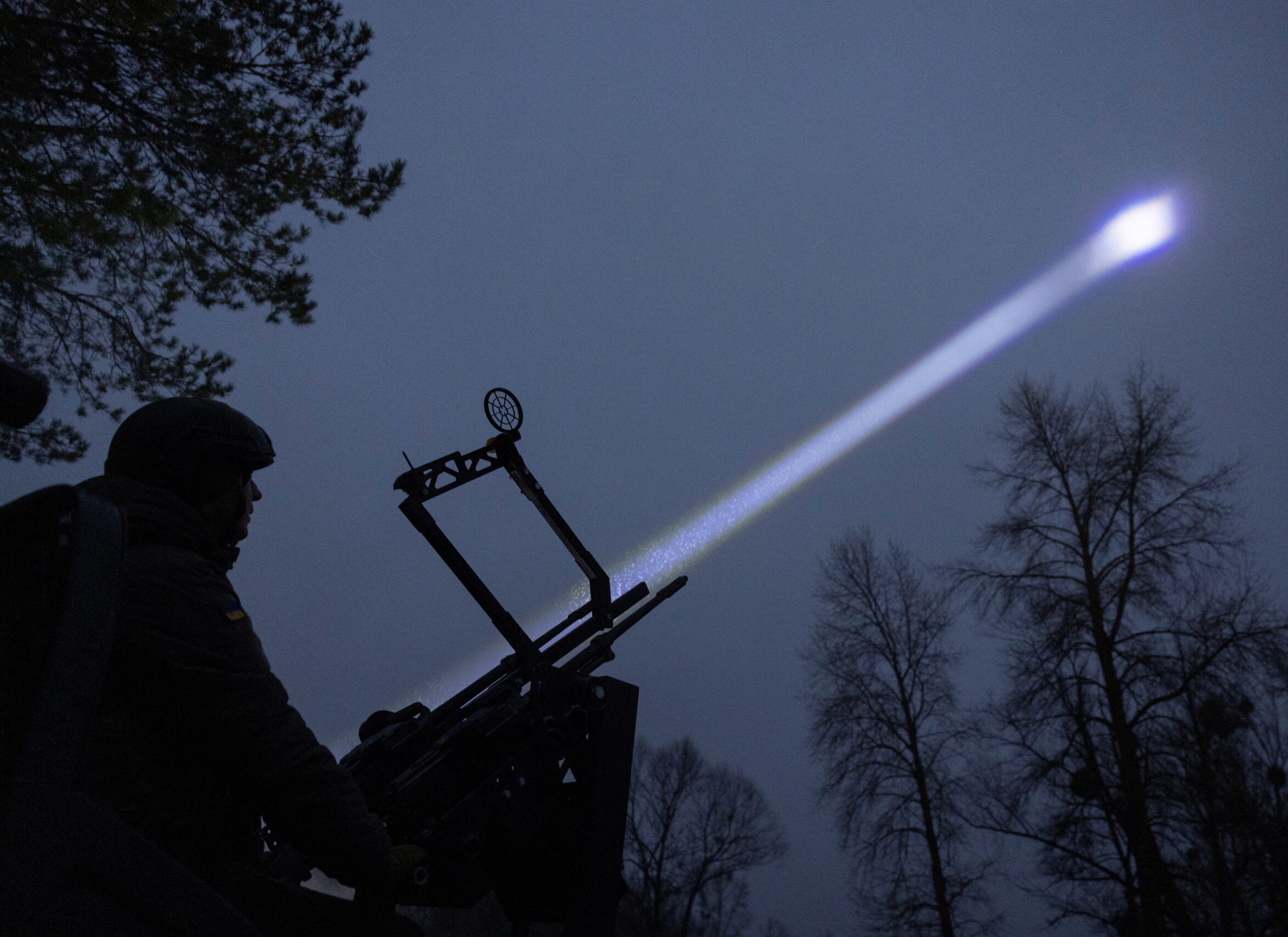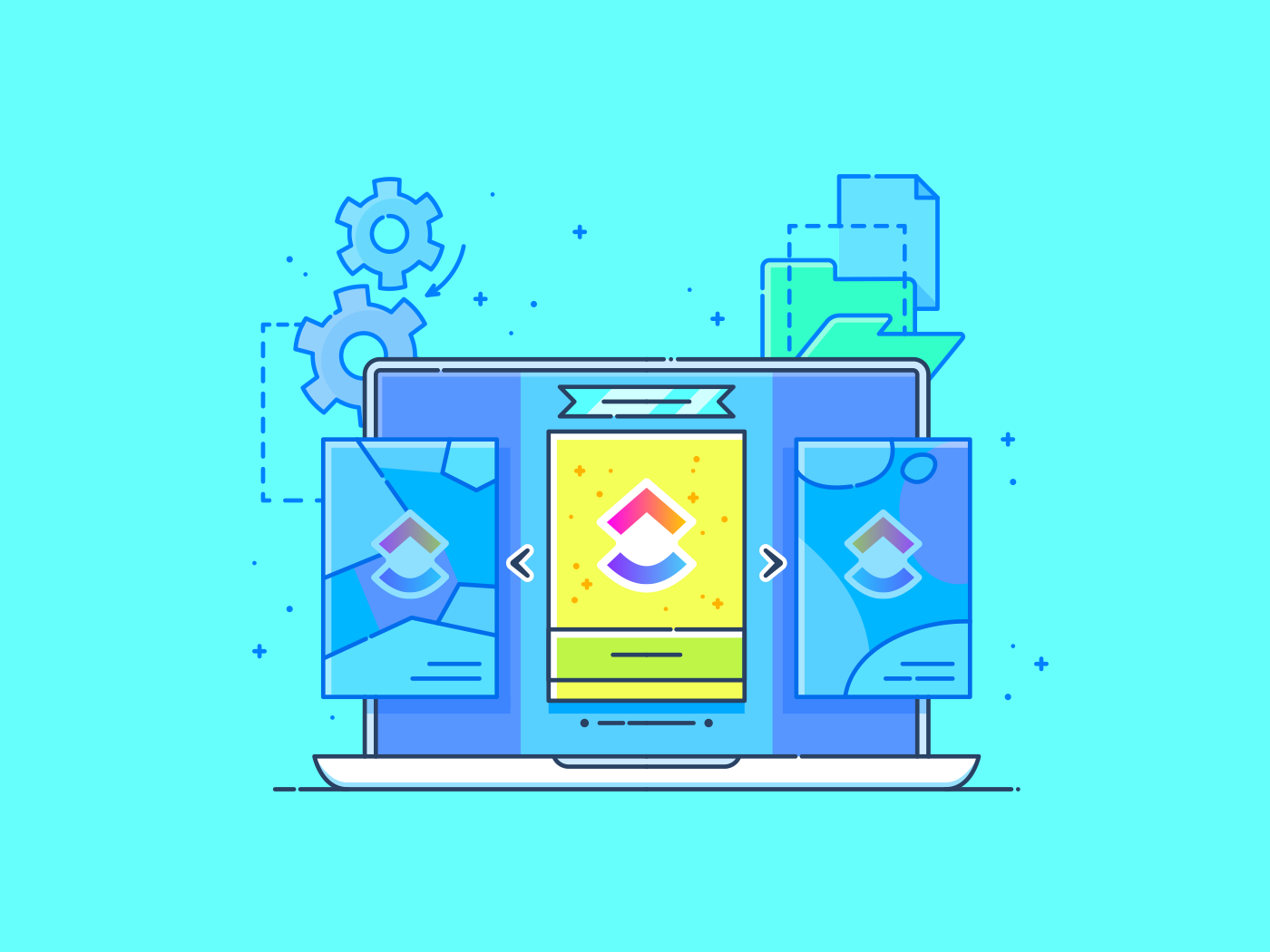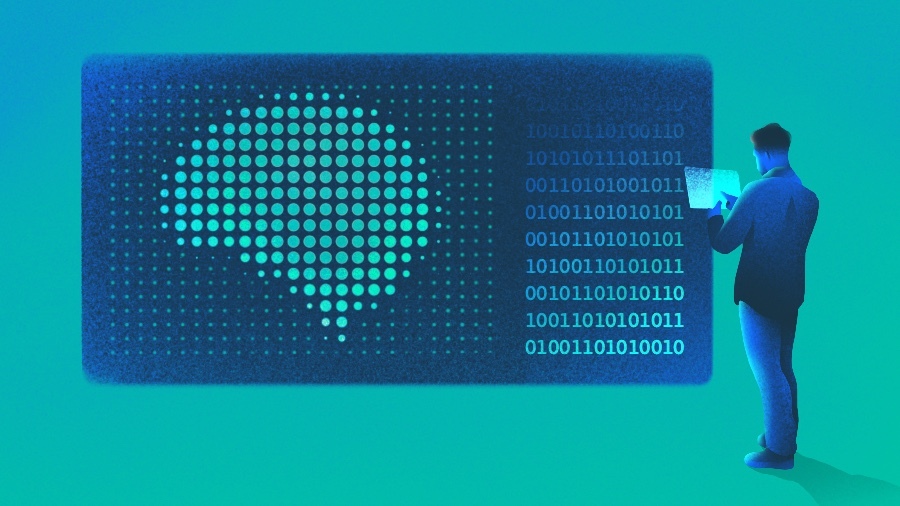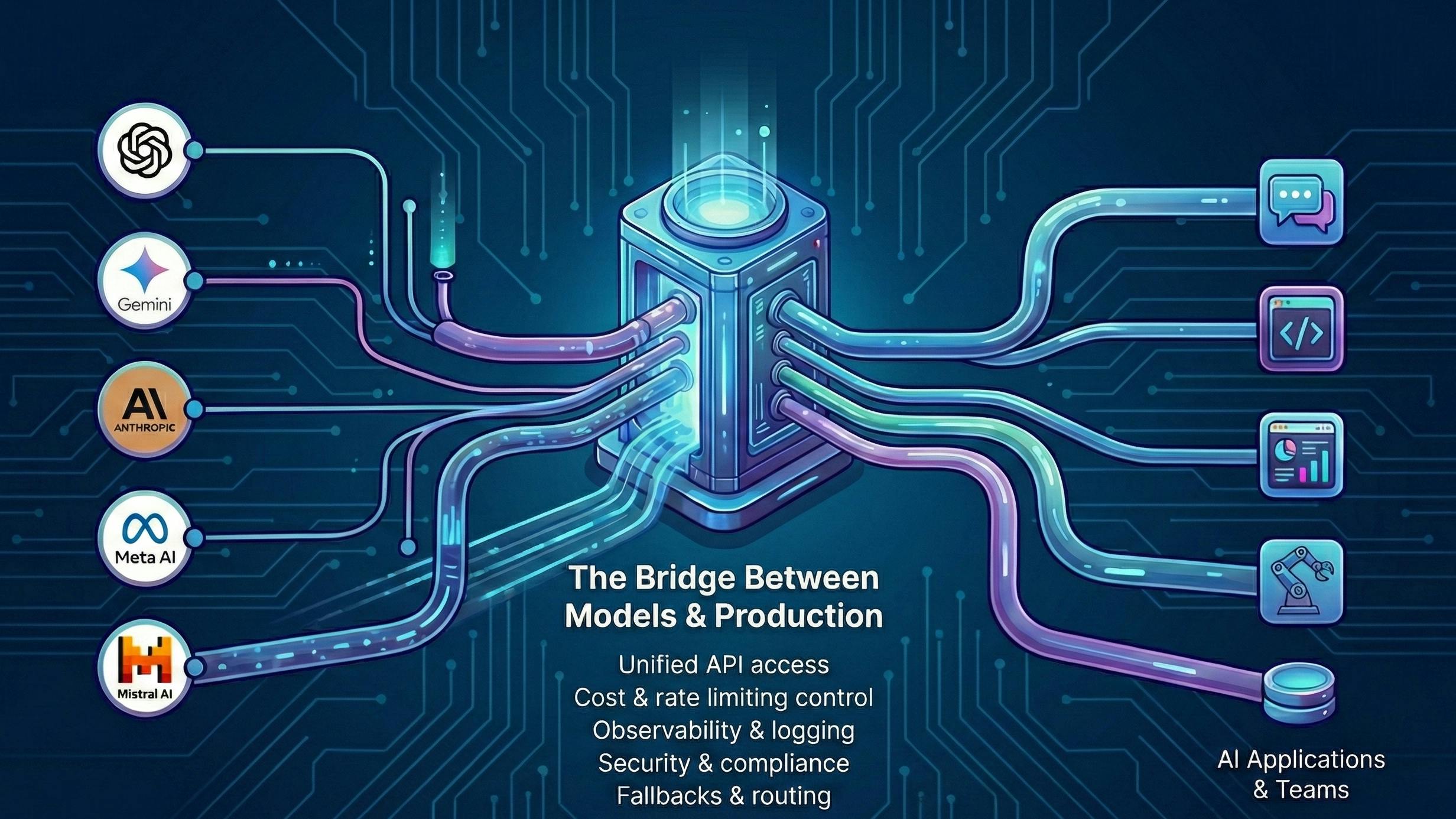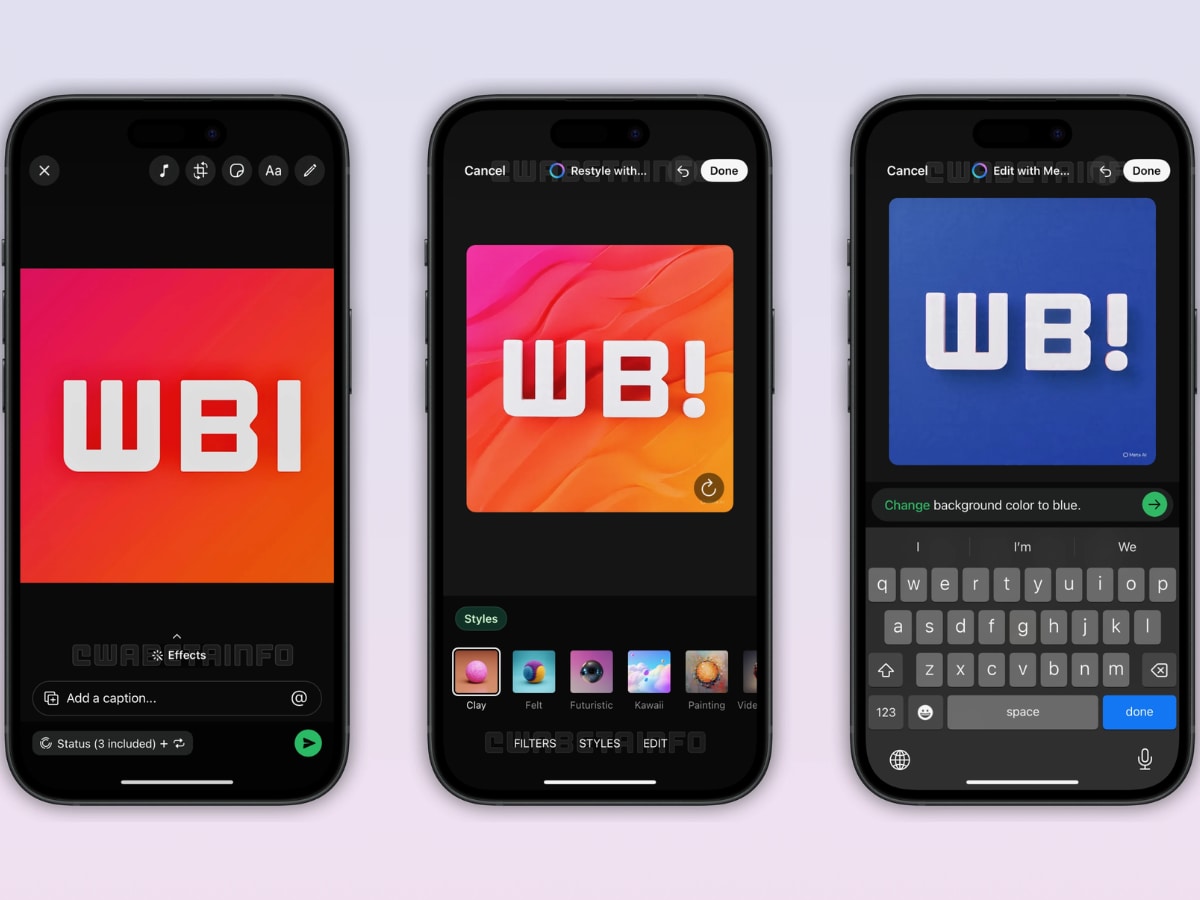MAI-Image-1 is the first imaging model developed internally by Microsoft. The software giant will include it in the future in solutions such as Bing and Copilot and in competition with OpenAI’s gpt-image-1 and Google’s Gemini models.
Microsoft has relied heavily on OpenAI’s AI models since it began its ambitious artificial intelligence program. Except for the Phi family of small language models, Microsoft has not developed any major models of its own. But last August it surprised the market with its first two own generative AI models, the natural voice generation model, MAI-Voice-1, and the first text model, the MAI-1-preview.
There it became clear that the ‘romance’ with OpenAI had come to an end. And the big name in artificial intelligence has not wanted to give up its control to Microsoft as it wanted and everything indicates that the intended quasi-exclusive alliance has an expiration date and Microsoft is just another client among the dozens that use OpenAI technologies.
MAI-Image-1, advancing with its own technology
Microsoft has highlighted that the new AI image generation model is significantly faster compared to other large models on the market. The company believes that users will be able to generate the desired images more quickly.
The development team says they focused on preventing the model from producing repetitive or overly stylized results. Microsoft says it achieved this by prioritizing rigorous data selection and nuanced, task-focused assessment. The company also claims that MAI-Image-1 offers better performance in generating photorealistic images and can generate natural lighting and landscapes.
Tested on LMArena, an open, community-based platform created for benchmarking artificial intelligence models, MAI-Image-1 has debuted at number 9. It may not seem extraordinary, but it represents a solid step forward for a first-generation model developed entirely in-house.
The head of Microsoft AI, Mustafa Suleyman, has promised that they will continue to perfect the model to advance to a classification that has developments from ByteDance, OpenAI, Google or Tencent ahead of it. The practical result of this model, when creatives and enthusiasts can use these technologies, will take shape in their integration “coming soon” in Copilot Assistant and Bing Image Builder.
We will see. The race for AI has just begun and everyone is going to get better. Beyond its technological level, MAI-Image-1 is important because of what has been said: Microsoft and OpenAI have different strategies and will follow their own path even if they continue to collaborate.


